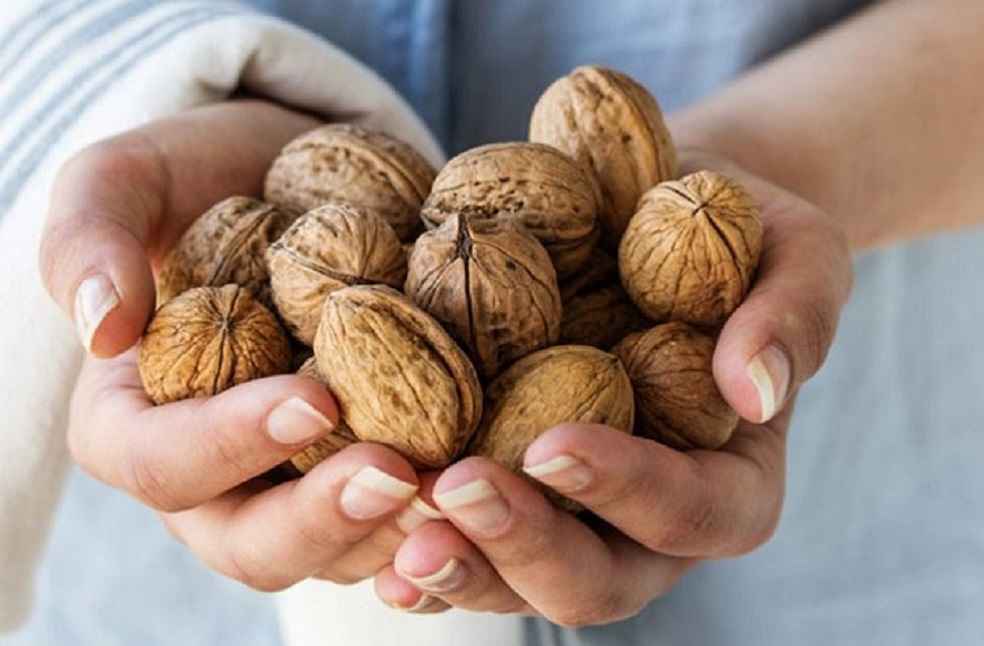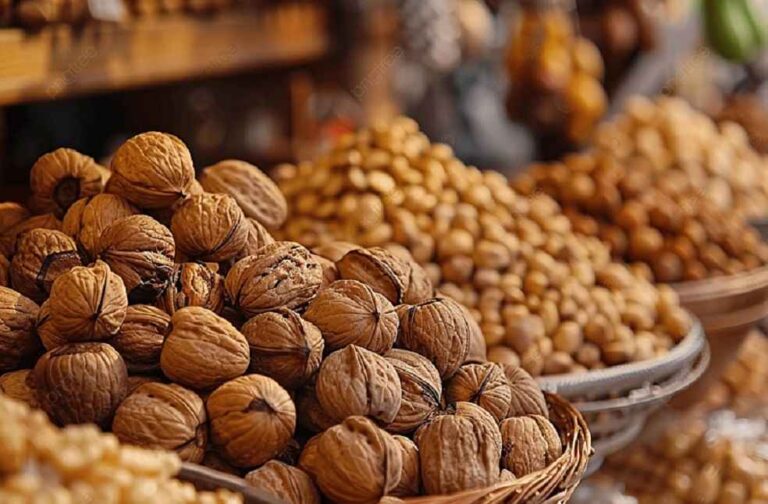The global walnut market currently grapples with significant adversity. Major production regions face persistent drought, stringent water regulations, logistical obstacles, increasing competition, and subdued demand, collectively exerting downward pressure on walnut prices. A recent RaboResearch report suggests these difficulties will lead to reduced walnut acreage in critical regions, with Chile and China expected to decelerate their export activities while the US maintains its market share.
Walnut producers aim to balance the supply-demand equation by reducing acreage, particularly in areas with less competitive walnut varieties and more severe water constraints. David Magaña, Senior Analyst for Fresh Produce and Tree Nuts at RaboResearch, explains, “The industry’s focus is now on enhancing efficiency and producing higher-quality walnuts to achieve a more balanced supply-demand equation. Although prices are showing signs of recovery, they continue to linger below the break-even point in certain regions. But we remain optimistic about the potential for profitable operations in the near future.”

The global walnut production landscape, which has experienced a steady compound annual growth rate (CAGR) of approximately 5% over the past decade, expects deceleration. Dominated by China (48%), the US (27%), Chile (7%), and the EU (6%), these regions have collectively contributed to 89% of the world’s walnut output. While China and Chile enjoyed robust CAGRs of 5% and 13% respectively, the US and the EU saw more modest growth rates of 4% CAGR over the past ten seasons.
Economic and environmental pressures predict a gradual decline in acreage in some of the largest producing areas. The phasing out of older, less productive orchards and traditional varieties will play a significant role in this reduction.
On the consumption front, China, the EU, the US, and Turkey collectively represent 75% of global walnut consumption. Emerging markets such as the UAE and India show significant growth, with CAGRs of 23% and 12% respectively, indicating rising demand in these regions.

For China, the world’s top walnut producer and consumer, the upcoming 2023/24 season marks the fifth consecutive year where domestic production surpasses consumption by over 100,000 metric tons, reinforcing its position as a significant net exporter. Industry consensus suggests stabilization in China’s walnut production and export levels in the coming years.
“The trajectory of global walnut exports has been remarkable, soaring from around 300,000 metric tons in the mid-2000s to approximately 1 million metric tons in recent seasons,” Dsays Magaña. The past decade saw a 7% CAGR in exports, with significant increases from China, Chile, and Turkey. Despite a reduction in its export share from 64% in the 2014/15 season to about 45%, the US remains the leading exporter of walnuts.
Future predictions indicate a slowdown in exports from Chile and China, while the US is expected to sustain its share of 45% to 50% in the international walnut market.
The top five importing countries – the EU, Turkey, the UAE, Kyrgyzstan, and India – account for 62% of global walnut imports, with shares standing at 31%, 11%, 9%, 6%, and 5% respectively. Notably, imports by India, the UAE, and Kyrgyzstan have surged, with CAGRs of 25%, 18%, and 15% respectively over the last five marketing seasons.
FINTECH | Russia Legalizes Crypto for Global Payments to Counter Western Sanctions



